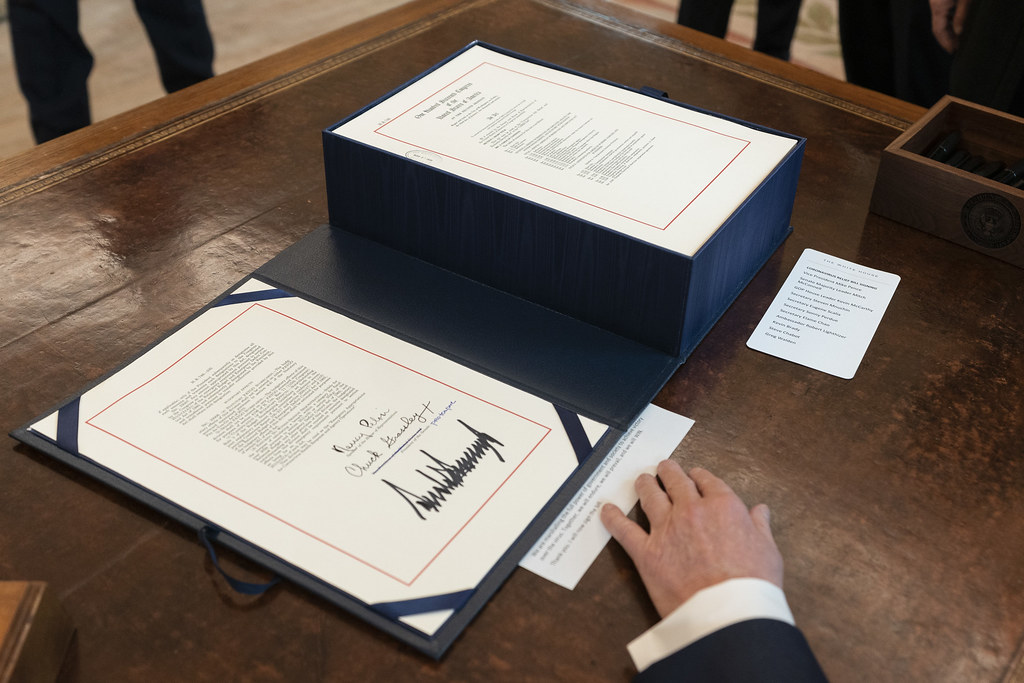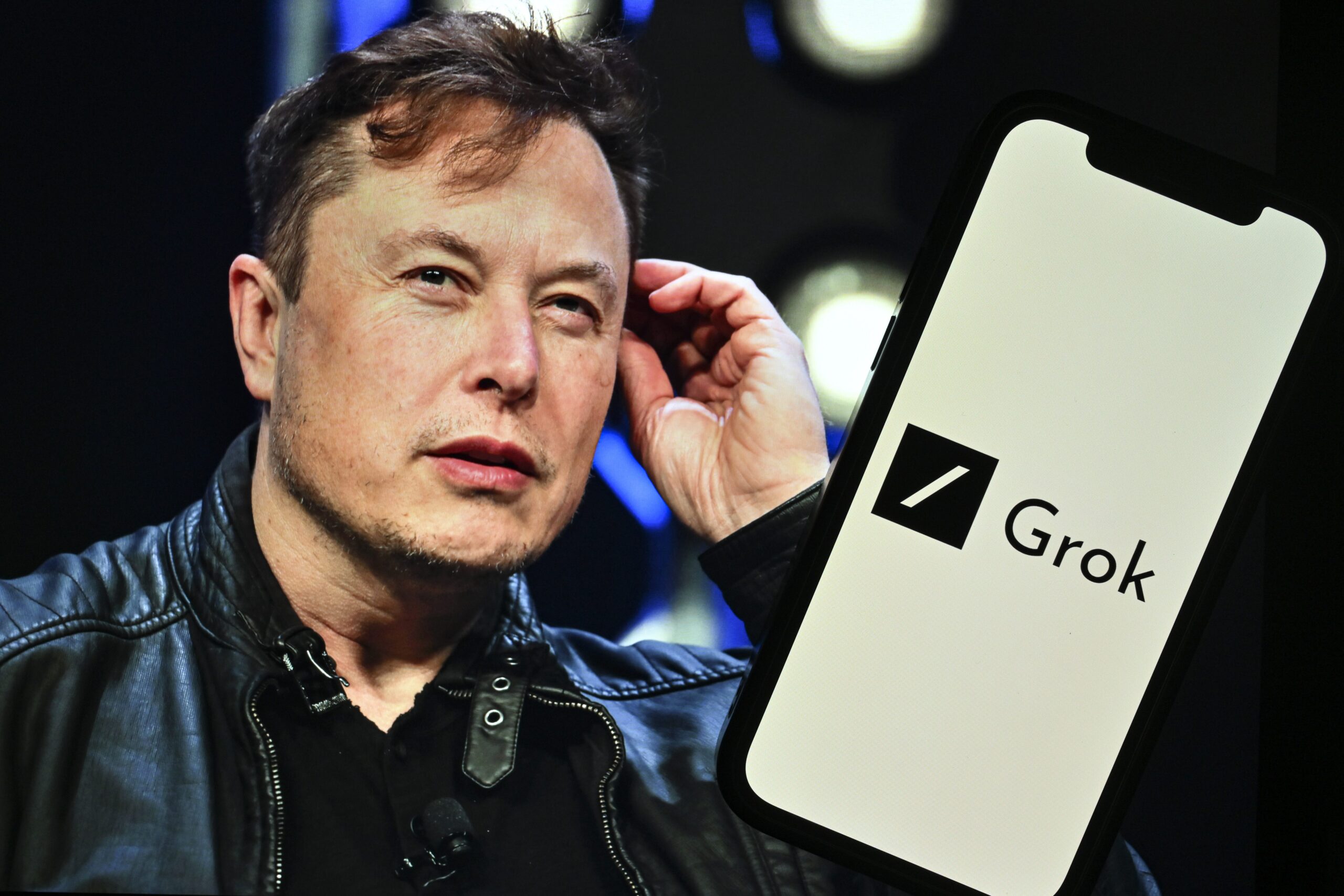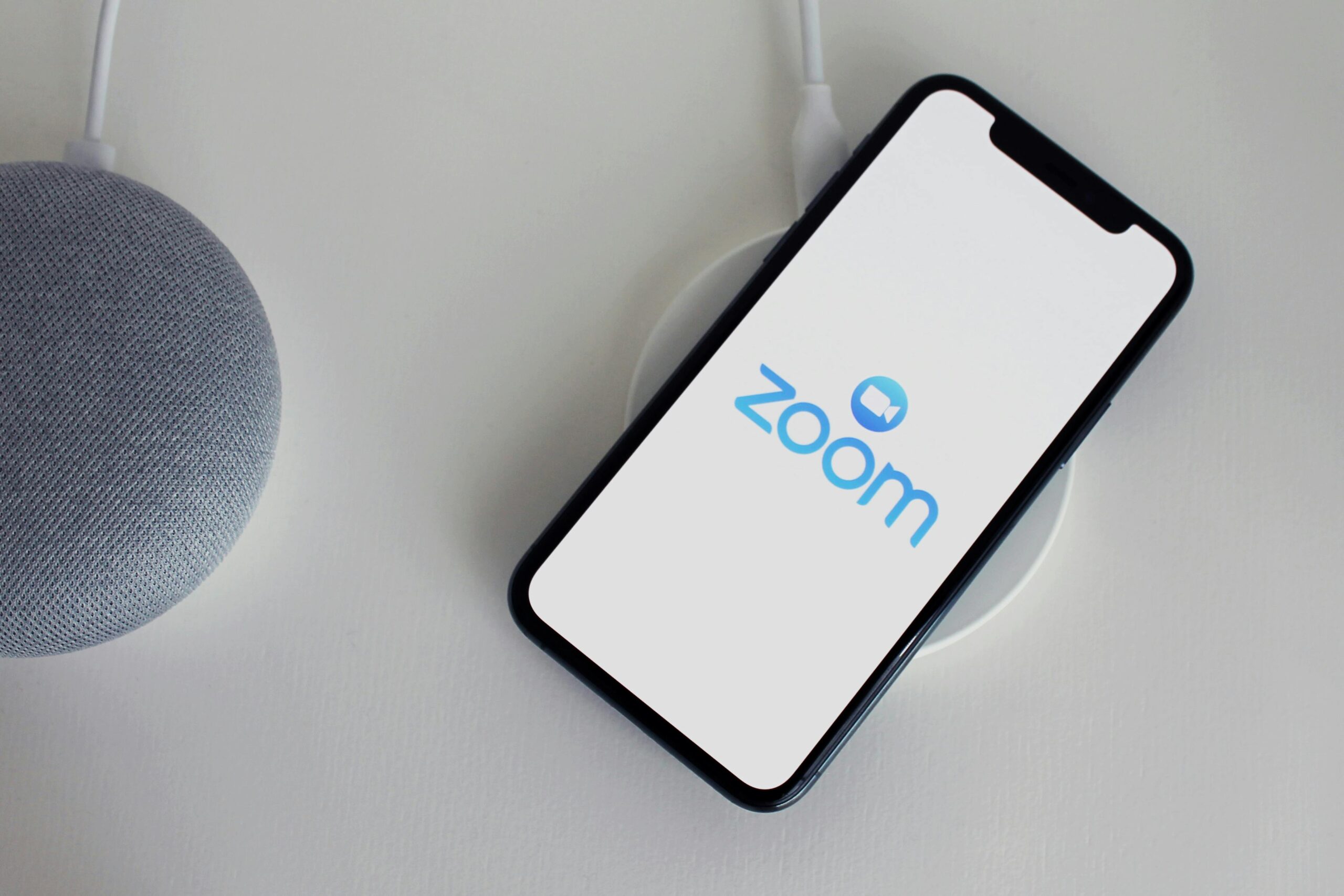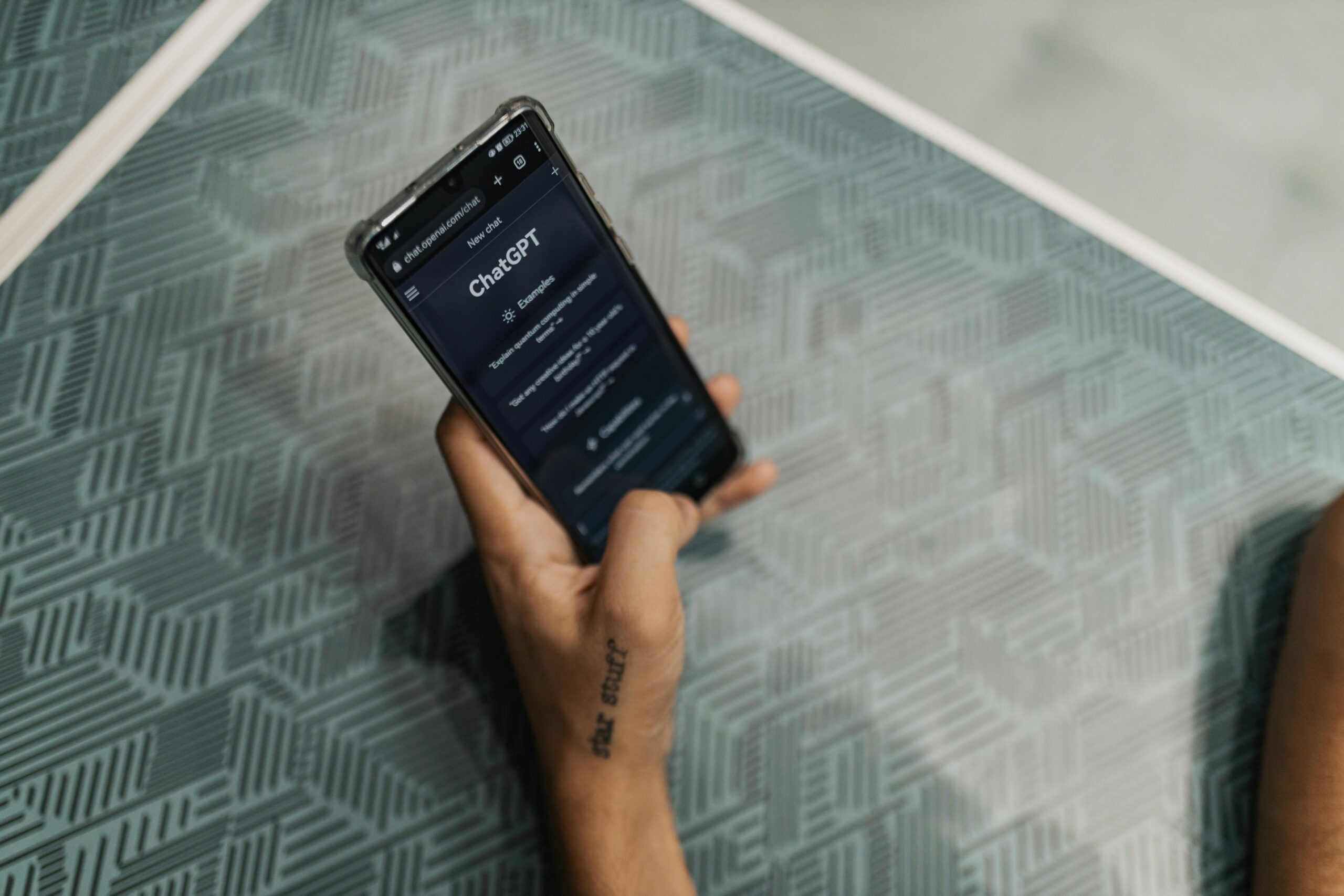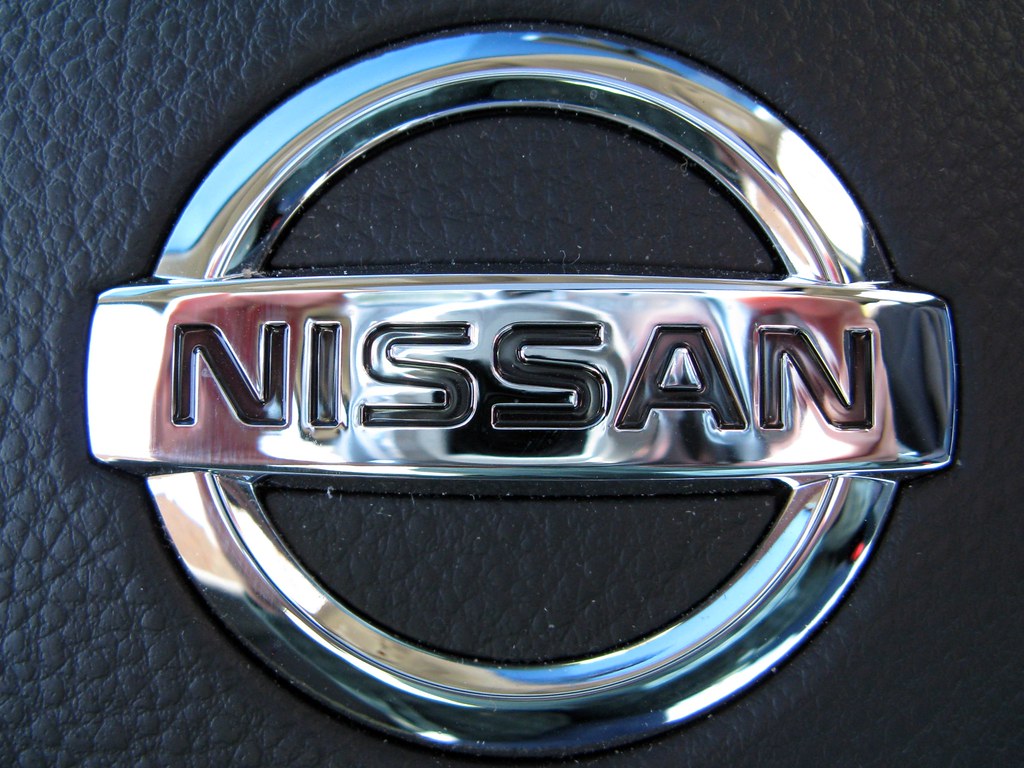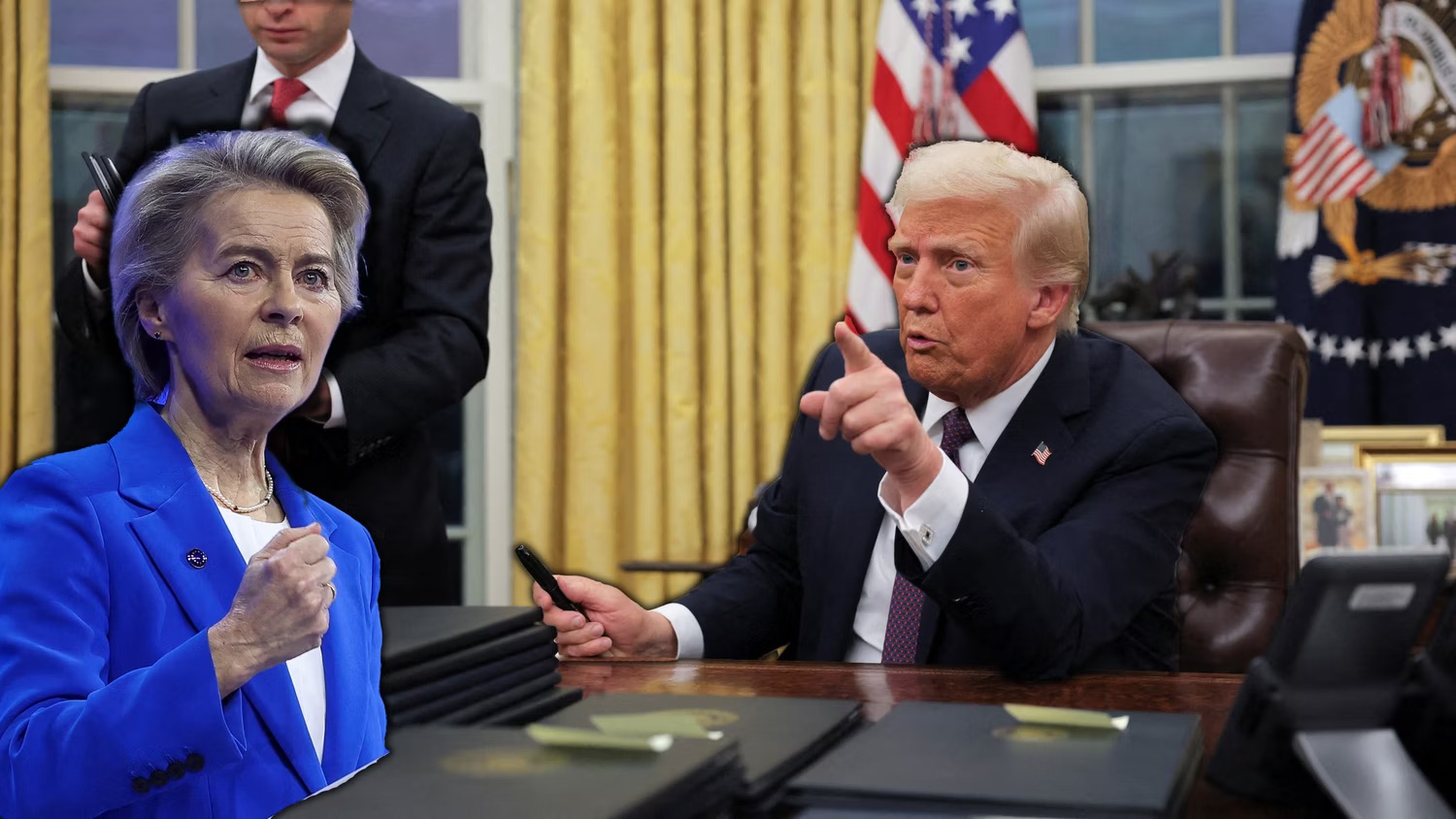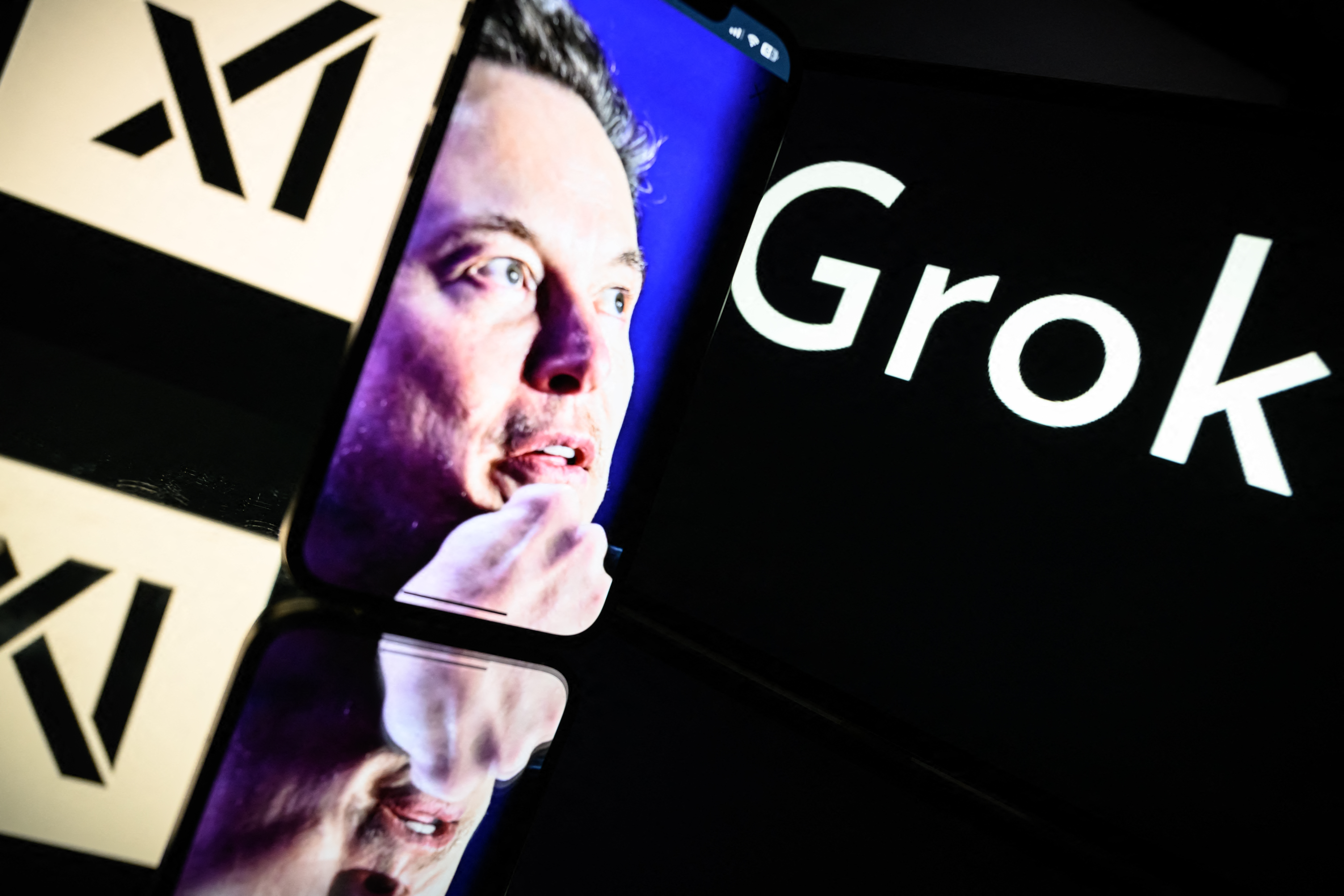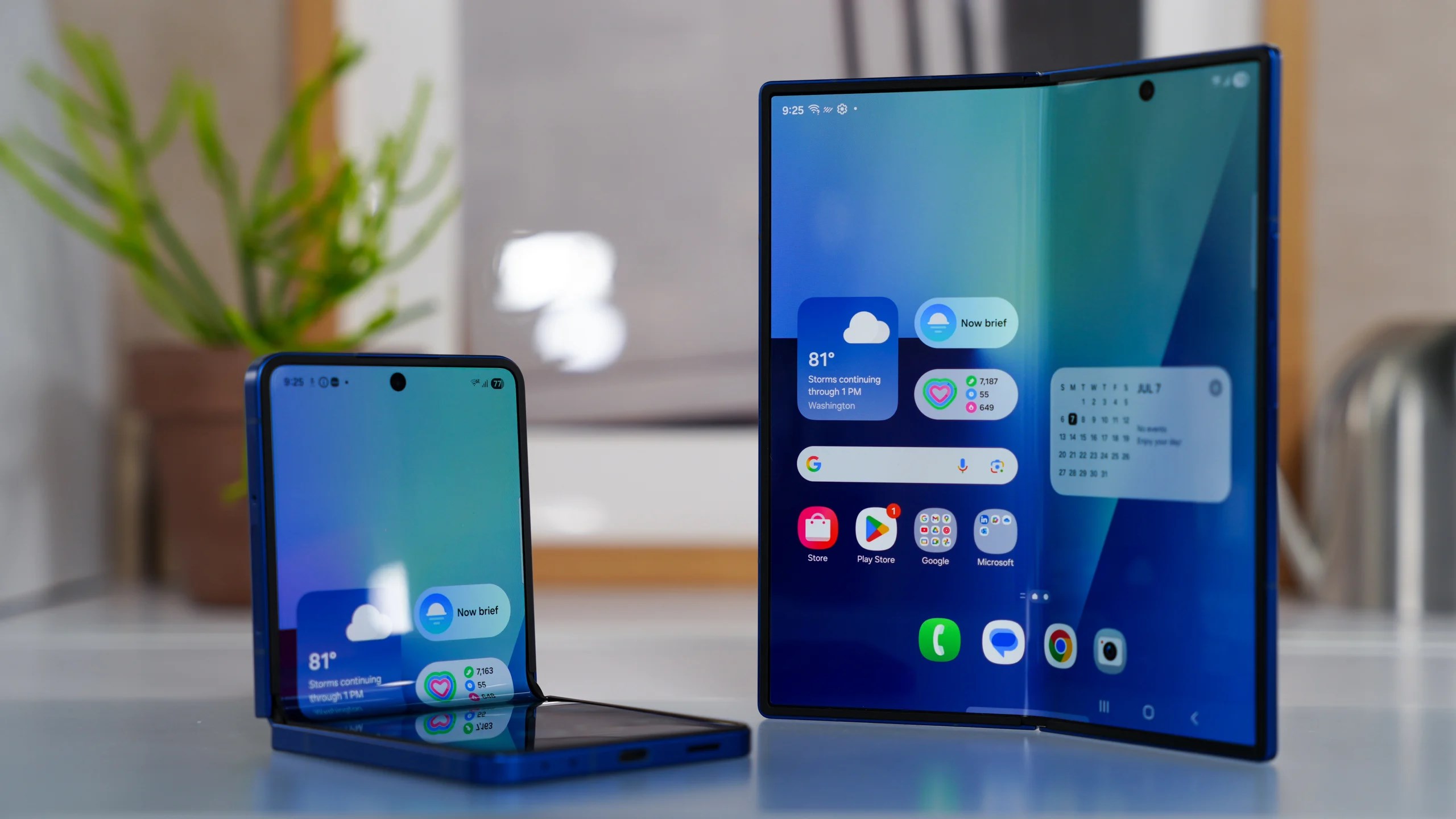OpenAI just released its image generation tool, Dall-E, to all users after a fast launch that saw immediate global demand. ChatGPT initially launched as an exclusive service open only to paying ChatGPT Plus subscribers. Now, it has grown to accommodate a larger audience by popular demand. Just a few days after launch, we started hearing reports that OpenAI’s GPUs were literally melting under the demands of users. People were so excited to play around with all the new features!
Understandably so, as the image generator – driven by OpenAI’s cutting-edge GPT-4o model – has been the industry’s hot topic discussed across the tech community. Users can generate images overflowing with imagination and intricacy. They can recreate even photos in the magical art-style of Studio Ghibli! This anticipated new feature has already created quite the buzz—both in excitement and concern. This is risky for users who fear copyright infringement—after all, the AI-generated images often look just like what would come out of that famous animation studio.
OpenAI’s $40 Billion Funding and Growth
Although this announcement is substantial, OpenAI’s real coup was locking down an earlier $40 billion in funding. Led by SoftBank, this investment increased its valuation to a staggering $300 billion. Much of this windfall will go toward accelerating OpenAI’s current development initiatives, such as the continued improvement of its image generation capabilities. The company’s success is reflected in its user base as well; ChatGPT has achieved 500 million weekly active users and 700 million monthly active users, showcasing the platform’s rapid growth and widespread appeal.
Though the new image generation tool unlocks thrilling new creative opportunities, OpenAI has introduced safeguards to maintain adherence with their content policy. Further, each image ChatGPT produces will have embedded metadata revealing its origin, providing transparency on ChatGPT’s content creation. OpenAI is committed to responding quickly to images in violation of its policies. This commitment goes straight to the heart of fears over the bad effects of AI-generated content.
The users on their newly launched free tier are all thrilled to test the new capabilities of the tool. There remains considerable miscommunication about what’s allowed with usage caps. OpenAI CEO Sam Altman on Twitter disclosed that free users will likely be capped at three images a day. The details of this ban are puzzling. With an increasing number of users using the platform, it will be important for OpenAI to be clear about what limits there are for image generation.
What The Author Thinks
The rapid launch of OpenAI’s image generation tool has drawn attention and excitement, but the unclear limitations for free users and concerns over copyright could undermine the potential of this tool. OpenAI needs to ensure clarity and transparency in its policies, especially as the tool becomes more widely used and integrated into creative processes.


